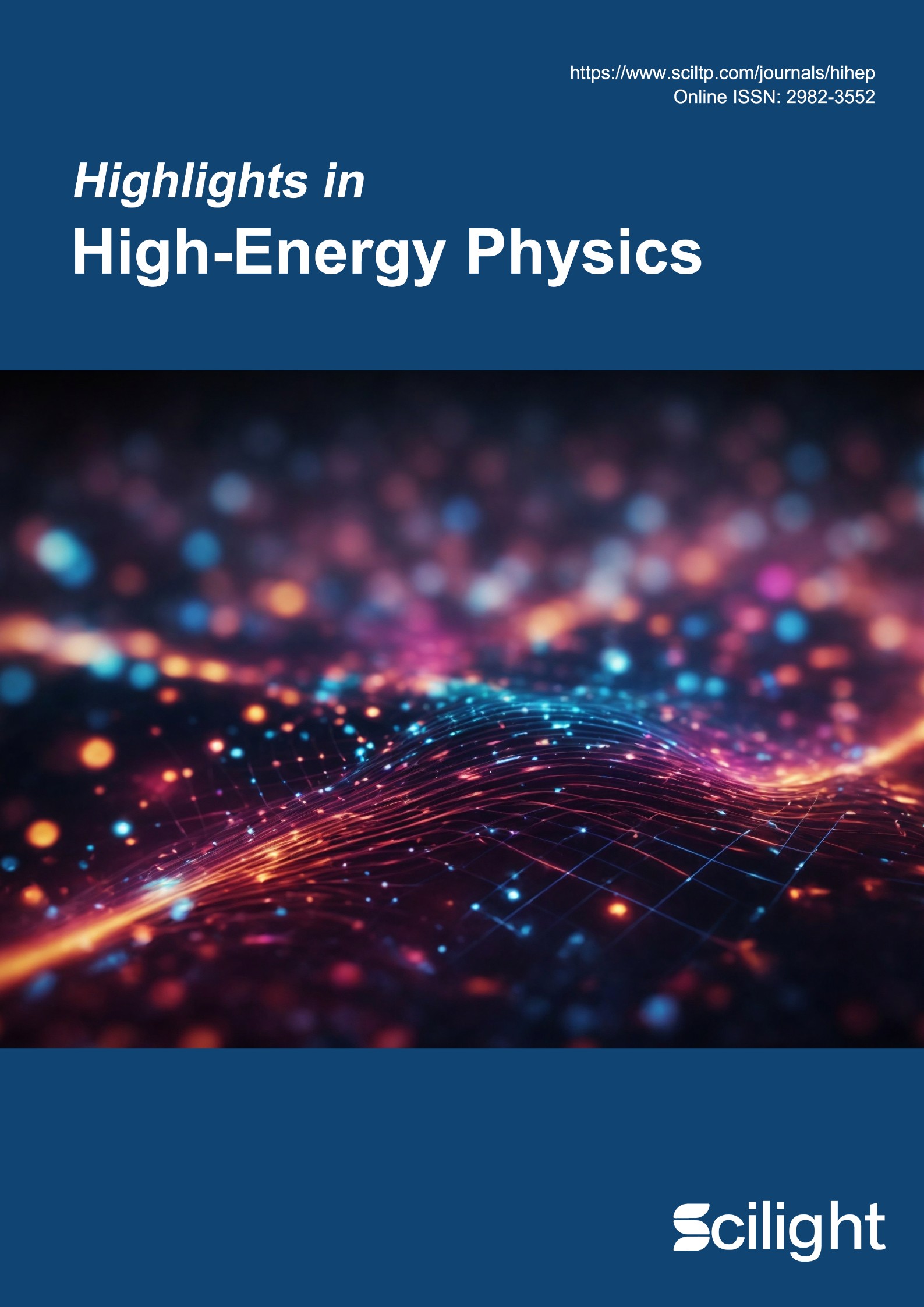By a worth noting coincidence, the year 2024 marks two anniversaries: The 70th anniversary of CERN and the 50th anniversary of the J/Ψ discovery. In this talk I will present very briefly the significance of these anniversaries [1] . CERN’s founding fathers were among Europe’s leading scientists. CERN became the most successful International Institution. Scientists built the Scientific European Union long before politicians thought of the Economic European Union. If the Scientific Institution appears to be more solid than the Economic one, it is because its foundations are made with ideas. Regarding the second anniversary, I want to argue that J/Ψ was not just a new resonance; we knew already a large number of them. It was not even only the first indirect evidence for the existence of a new quark flavor. It was all that, but it was also much more. It was the final proof which convinced the large majority of our community that we were witnessing a radical change of paradigm in our understanding of microscopic physics. From phenomenological models and specific theories, each one applied to a restricted set of experimental data, we had to think in terms of a fundamental theory of universal validity. From many models to the STANDARD THEORY of particle physics. For most of us this transition was a revelation, for some others it was a painful experience. It is appropriate to combine it with CERN’s anniversary because the experimental verification of the Standard Model started at CERN with the neutral currents and was completed also at CERN with the BEH scalar boson. It is this story that I will attempt to narrate in this note, although I do not consider myself to be an unbiased observer.
- Open Access
- Opinion
The Rise of Gauge Theories: From Many Models to One Theory
- Jean Iliopoulos
Author Information
Received: 05 Apr 2025 | Revised: 16 Jun 2025 | Accepted: 20 Jun 2025 | Published: 30 Jun 2025
Abstract
Keywords
References
- 1.
Iliopoulos J. From Many Models to ONE THEORY. arXiv 2025, http://arxiv.org/abs/2501.10233
How to Cite
Iliopoulos, J. The Rise of Gauge Theories: From Many Models to One Theory. Highlights in High-Energy Physics 2025, 1 (1), 5. https://doi.org/10.53941/hihep.2025.100005.
RIS
BibTex
Copyright & License

Copyright (c) 2025 by the authors.
This work is licensed under a Creative Commons Attribution 4.0 International License.
Contents
References


